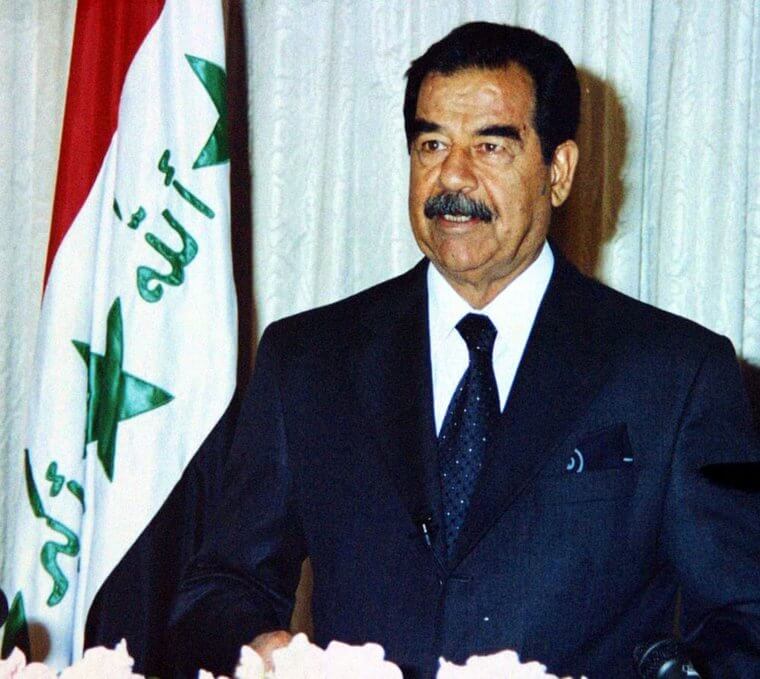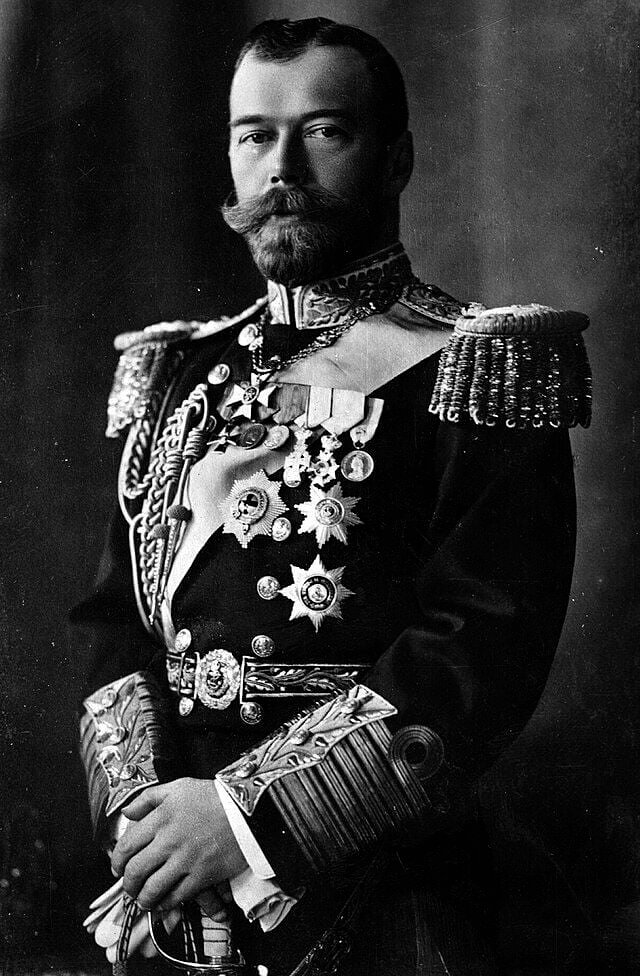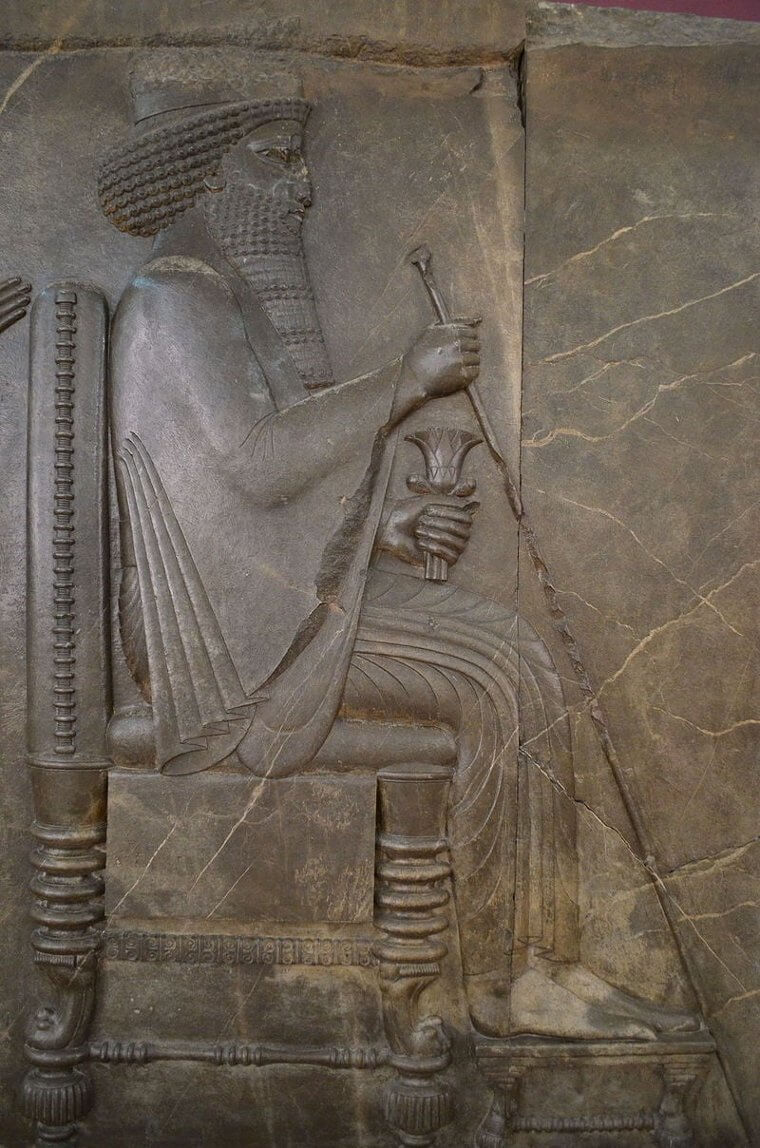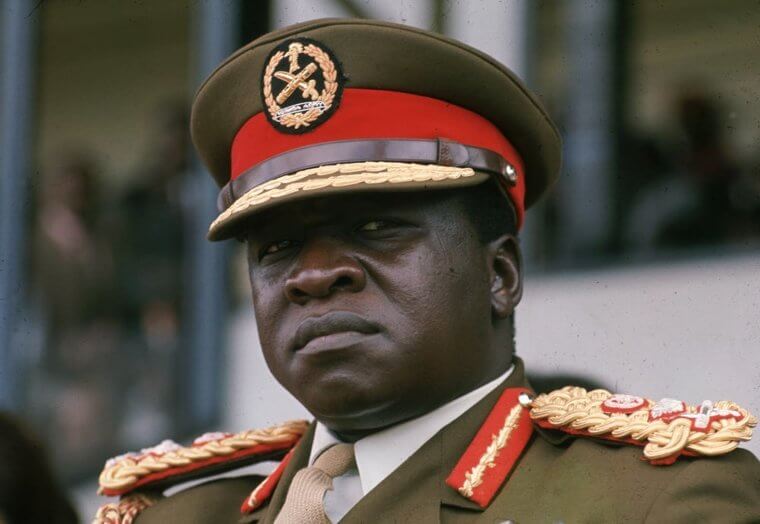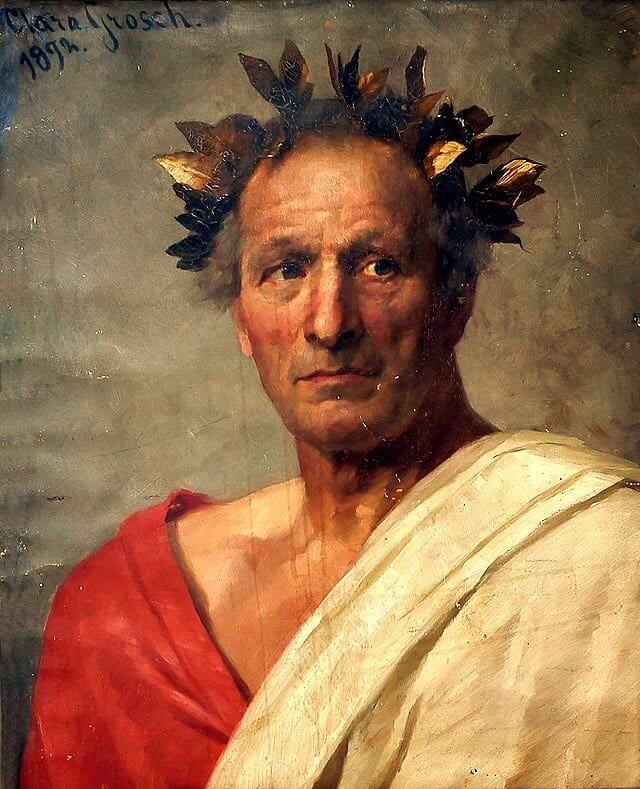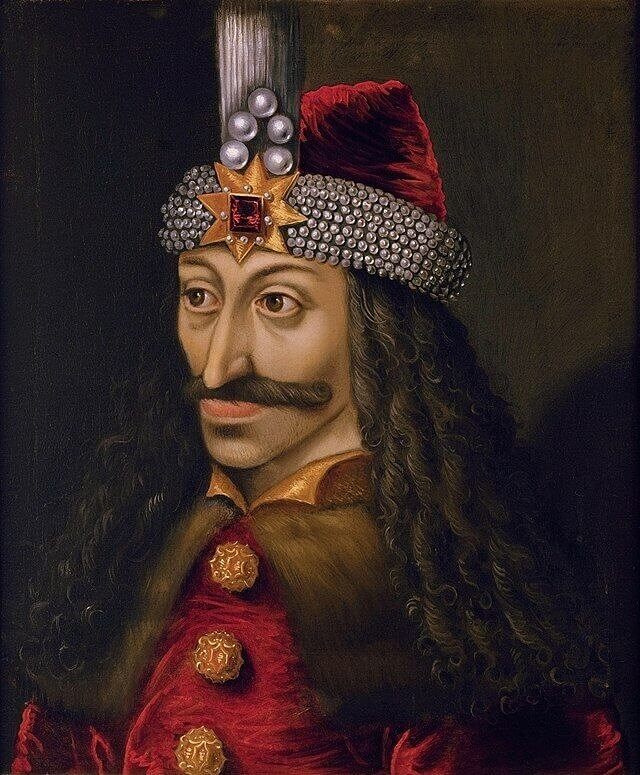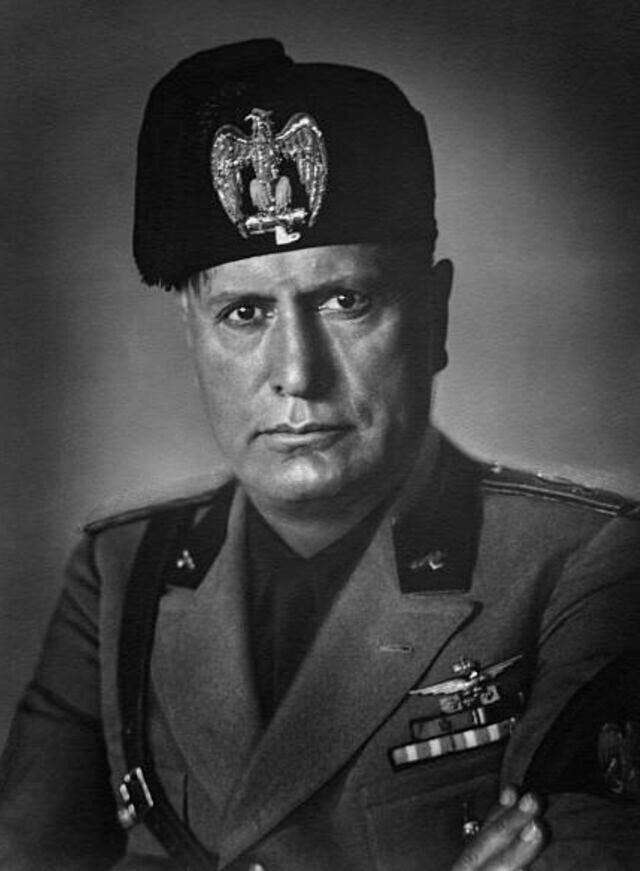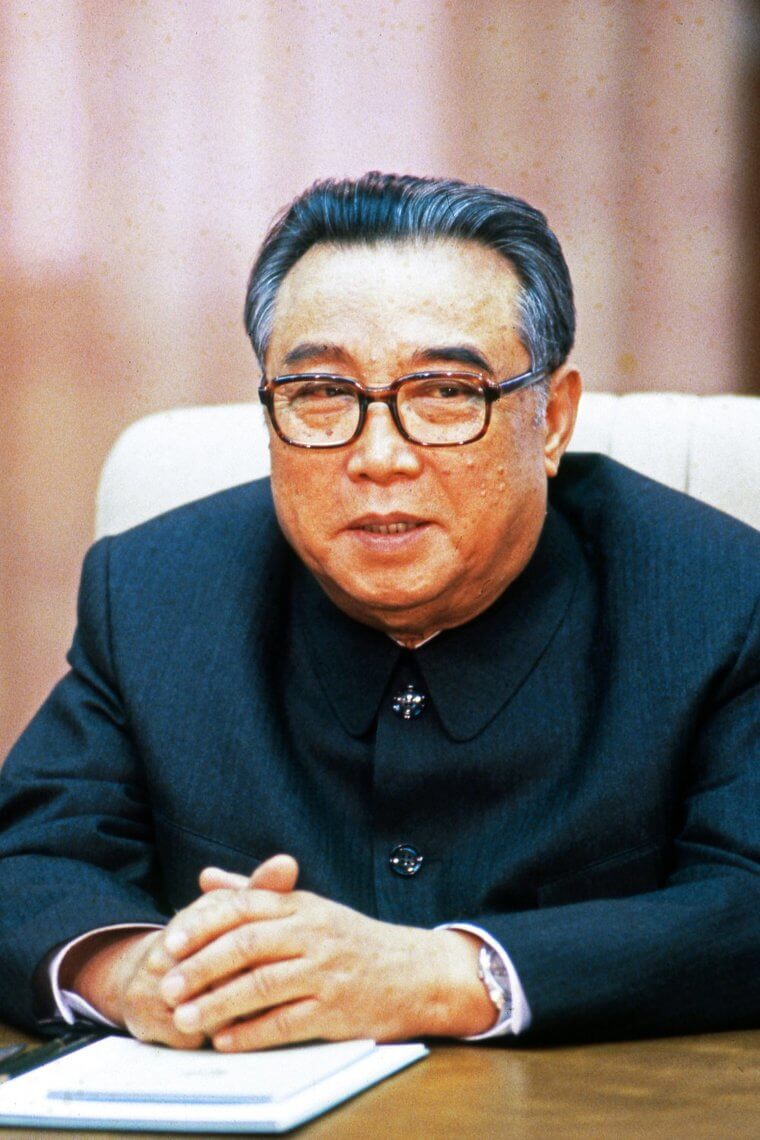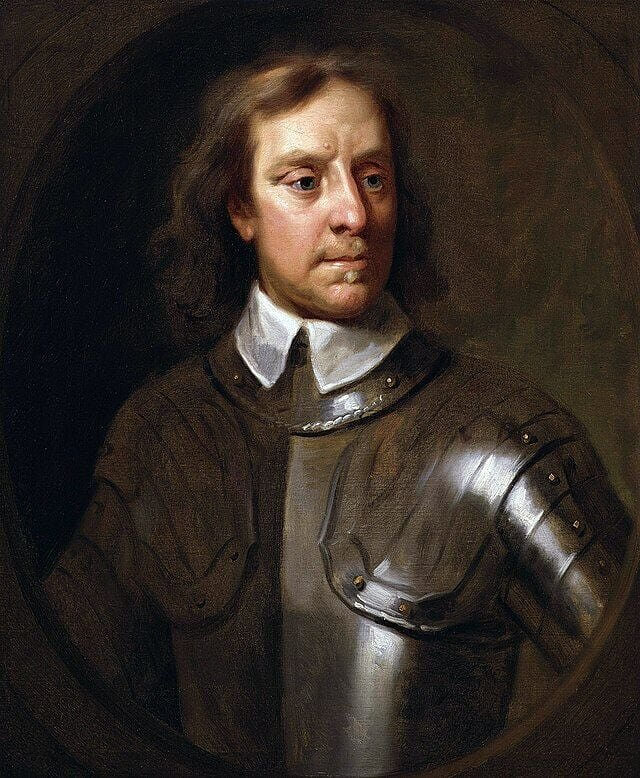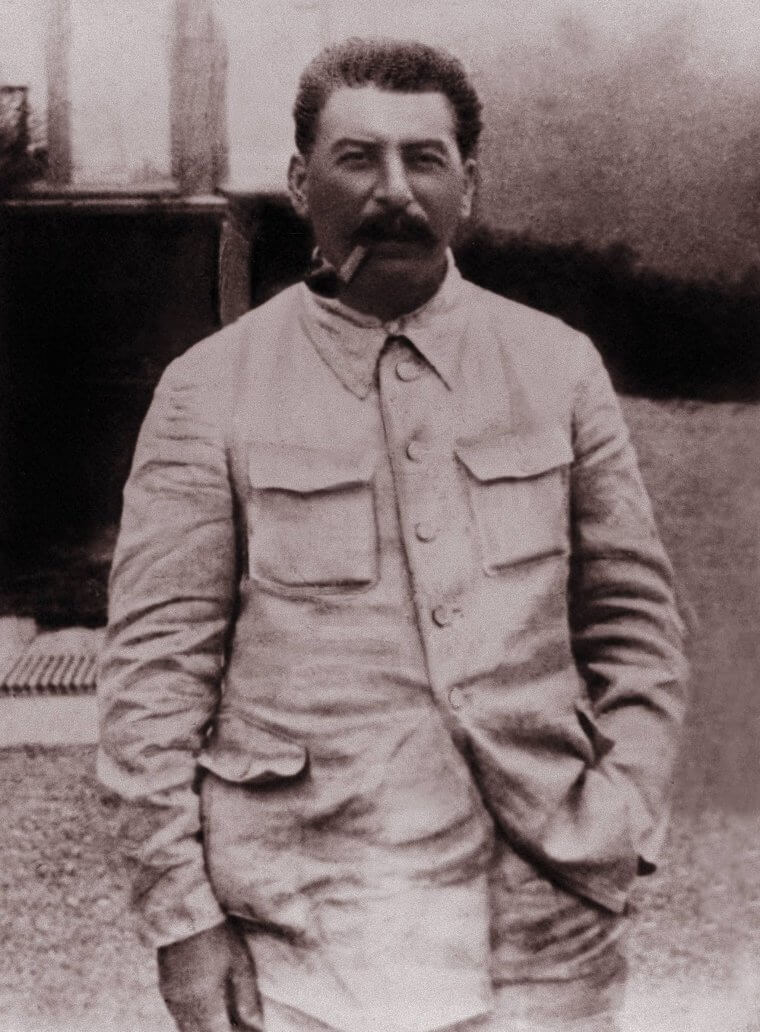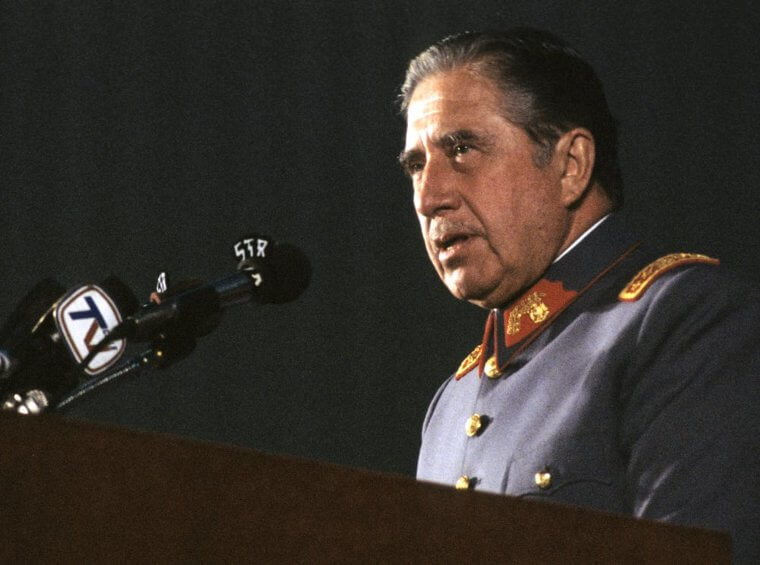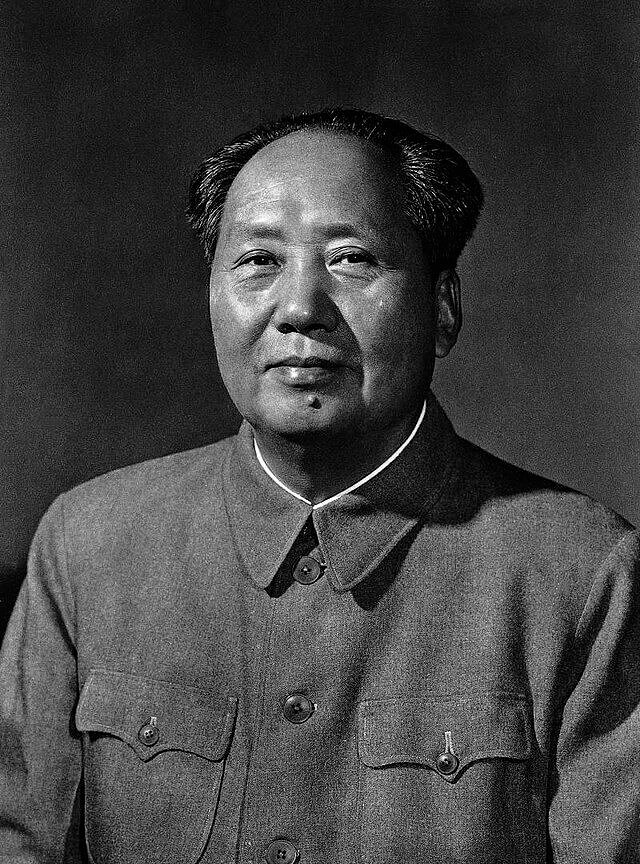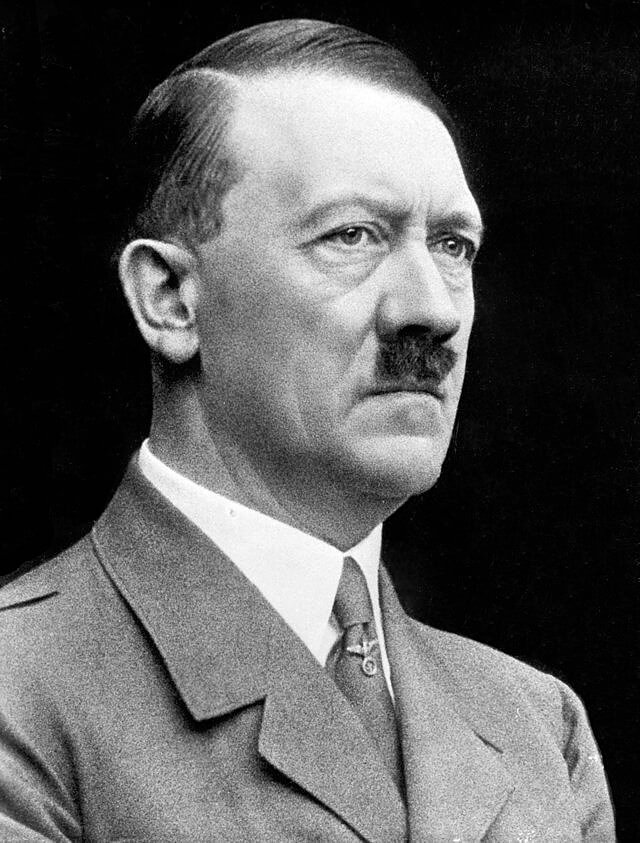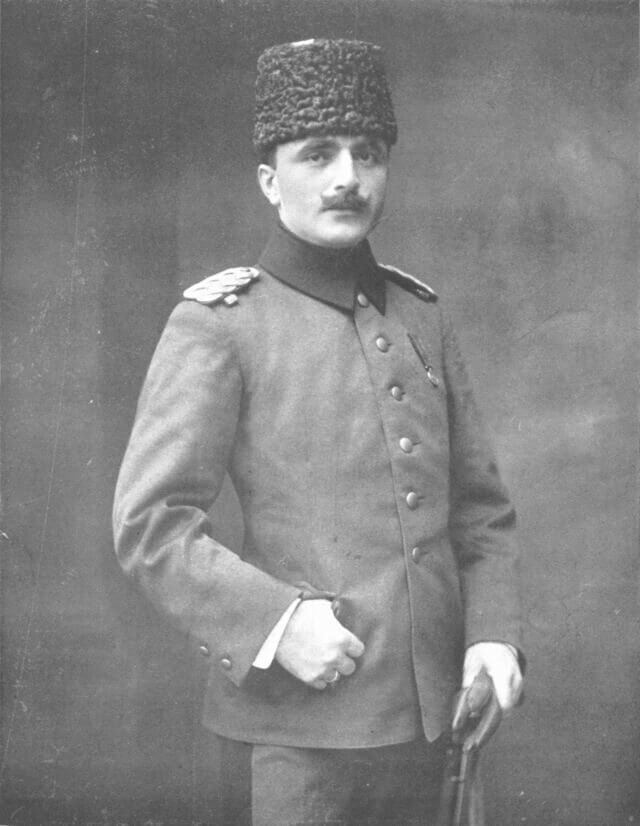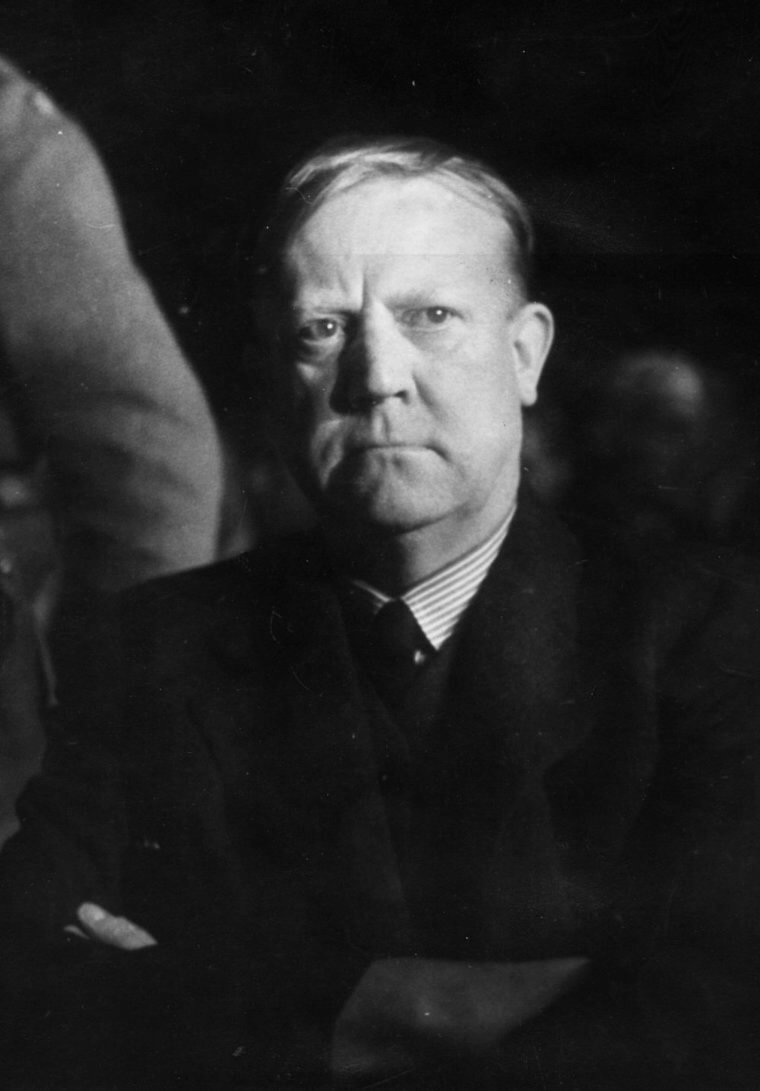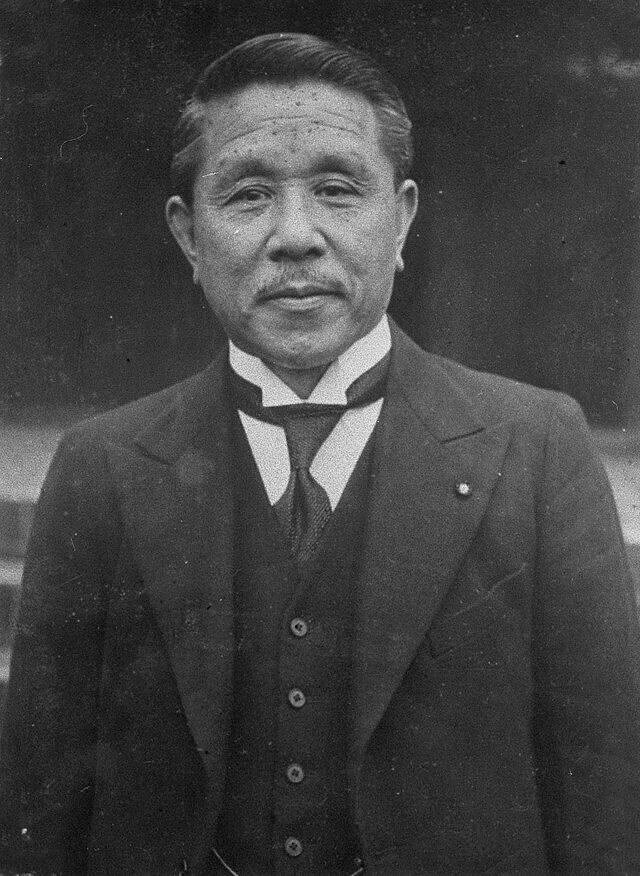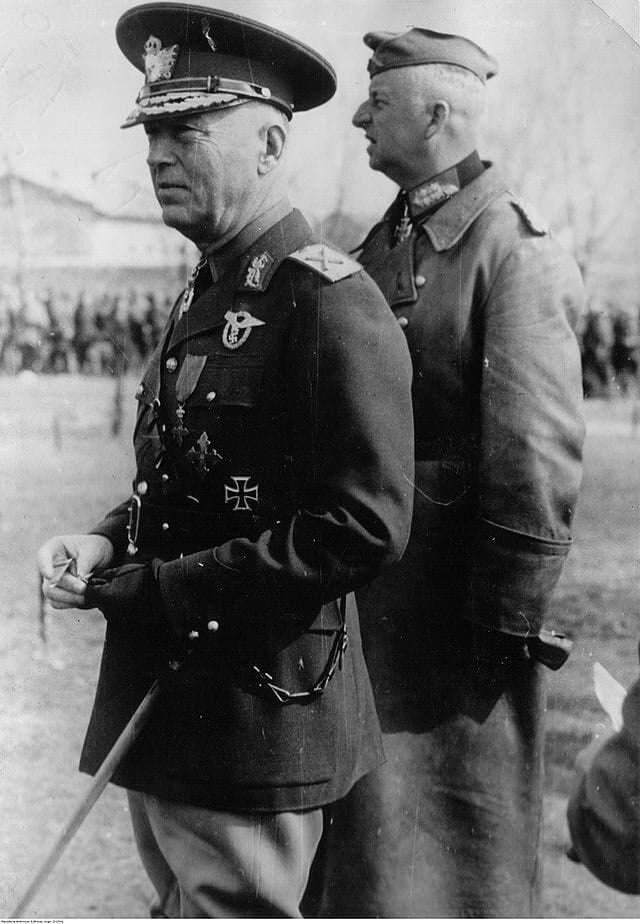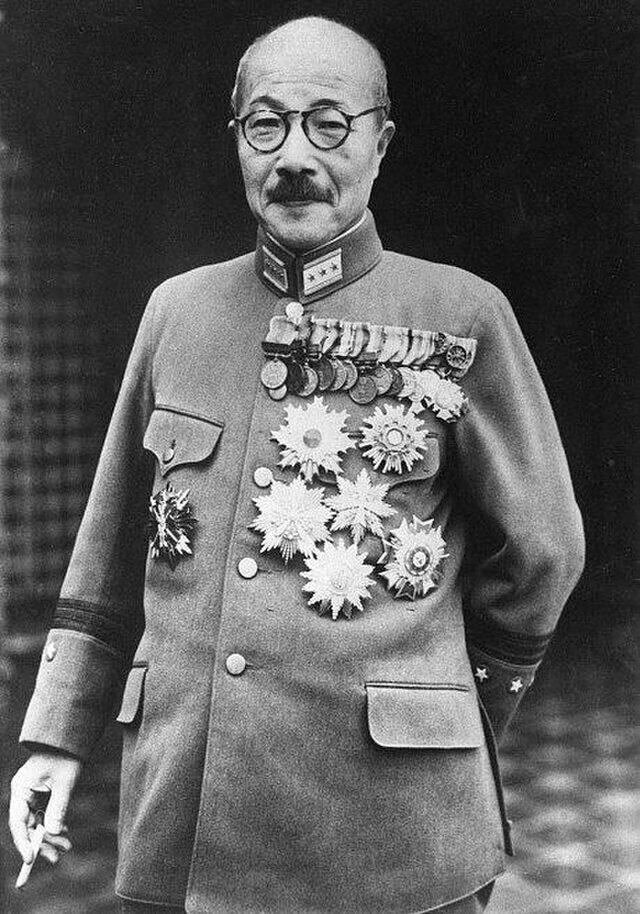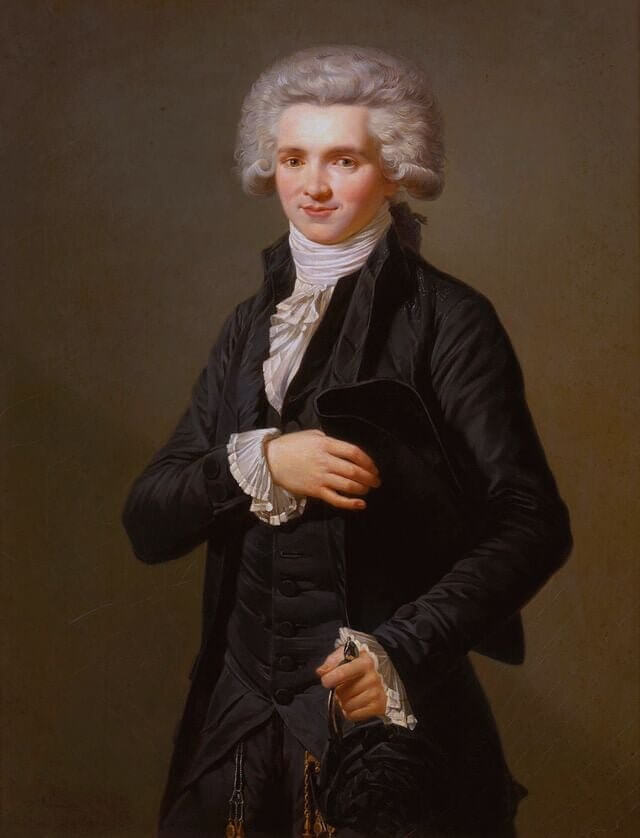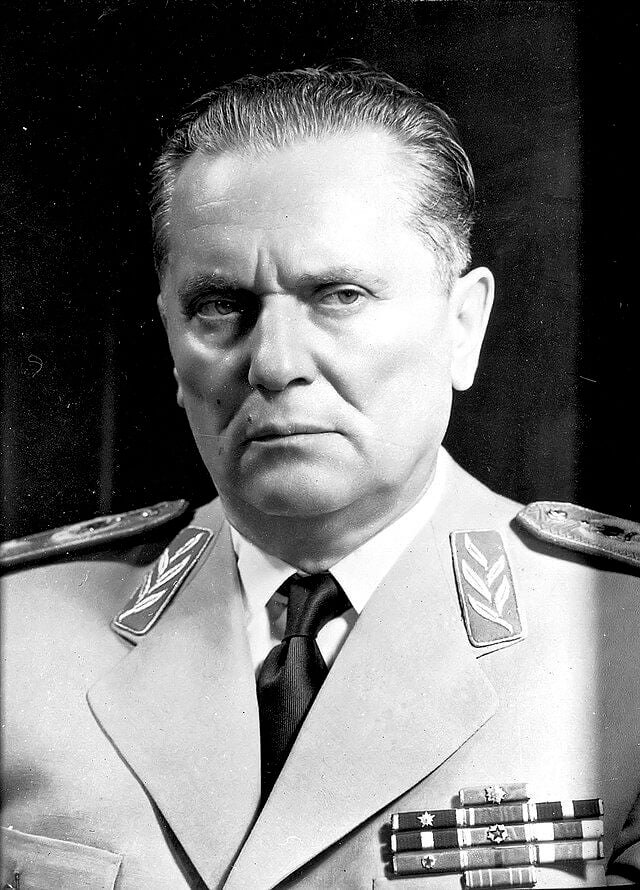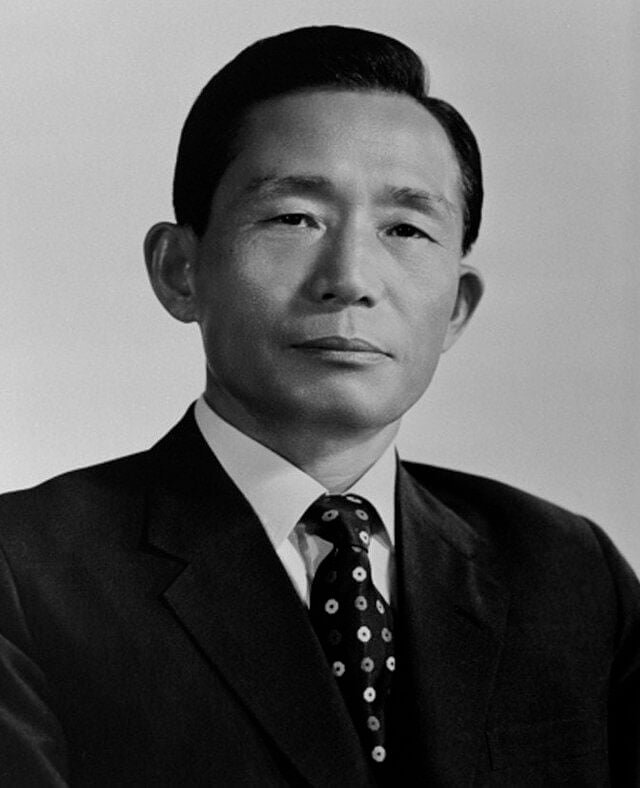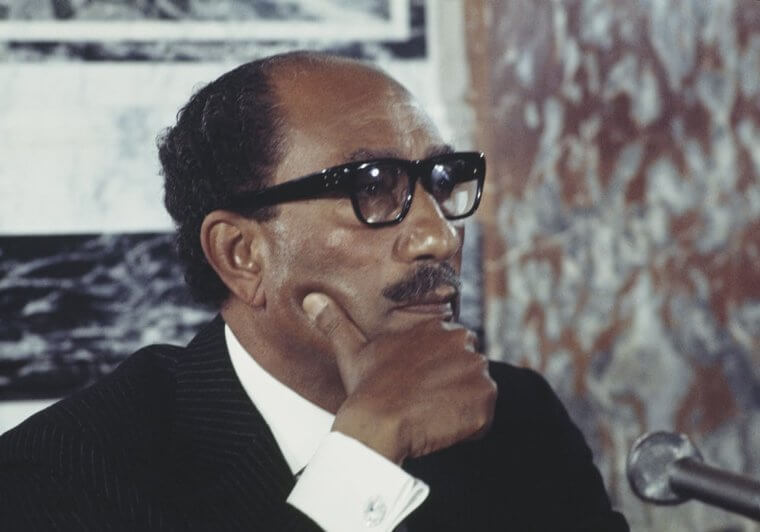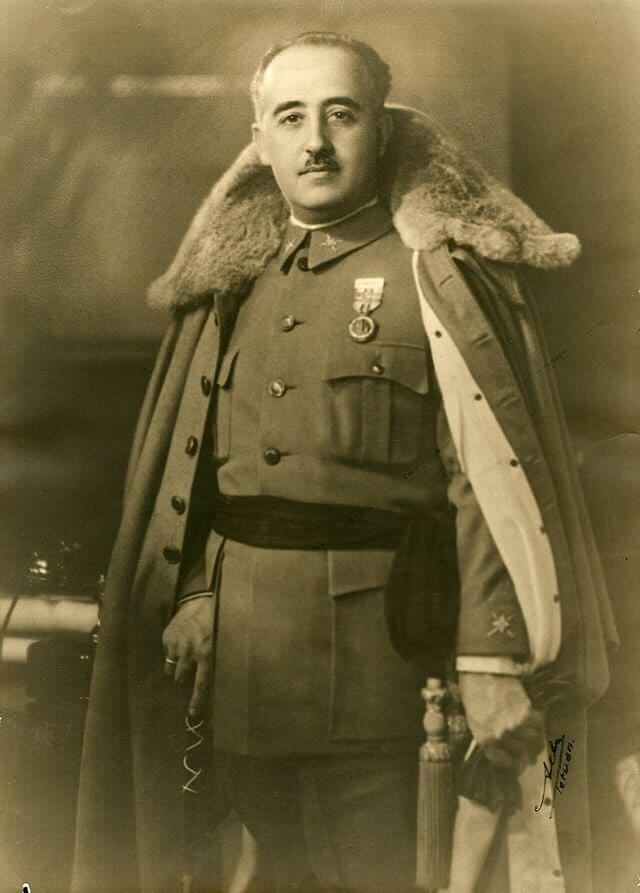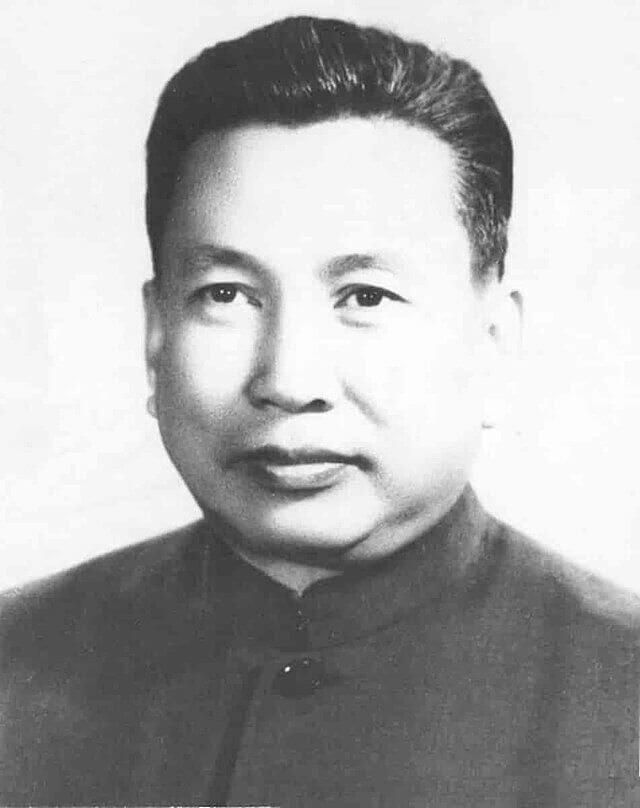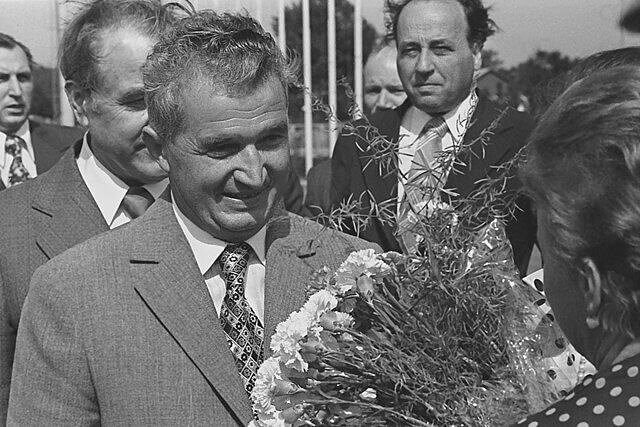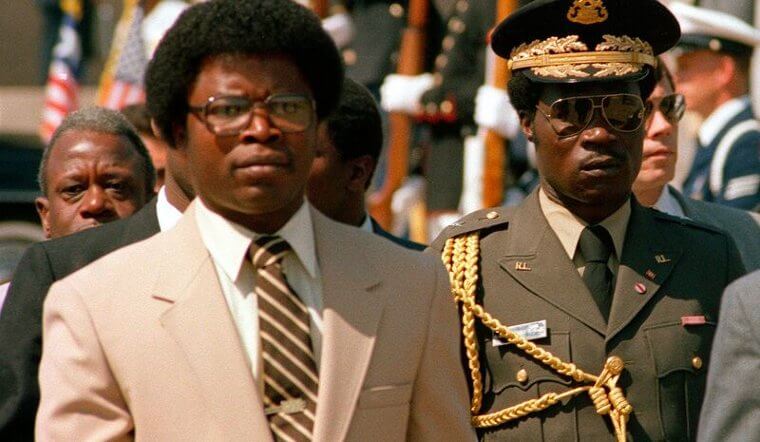Throughout history, dictators, despots, and demagogues have risen to power through fear, lies, and turning populations against each other. From the ancient Greeks and Persians to tyrants like Genghis Khan and Vlad the Impaler, leaders have made ordinary men carry out their brutal orders to invade, torture, massacre, and execute. Let's take a look back at how some of the most barbarous rulers, whose agendas were both defined and facilitated by it, met their ends through the millennia and across four continents. As you can imagine, most of them aren't pretty, proving that sometimes, maybe, karma comes through.
Saddam Hussein
Saddam Hussein spread terror wherever he went. During his 24-year despotic reign, his vicious Mukhabarat secret police killed tens of thousands. He nerve-gassed 100,000 Kurds and Shiites during the Anfal genocide between 1986-1989, invaded Iran in 1980, leaving up to one million Iranians dead, and invaded Kuwait in 1990 leading to the first Gulf War.
President George W. Bush ordered the American invasion of Iraq in March 2003 and, after evading U.S. forces for almost nine months, Hussein was captured in a hole in the ground on December 13th, 2003. He was tried by an Iraqi court on charges of genocide relating to the murder in 1982 of 148 Iraqi Shiites. He was found guilty on November 5th, 2006, and executed on December 30th. An Iraqi observer smuggled in a camera and surreptitiously recorded the execution as the Shia hangman and witnesses shouted insults.
Nicholas II of Russia
Nicholas II was known in the Russian Orthodox Church as Saint Nicholas, but before that he was Nicholas the Bloody. The Russian people blamed him for the Khodynka Tragedy (a stampede that killed 1,389 people) anti-semitic pogroms, the violent suppression of the 1905 Russian Revolution, the repression of political opponents, defeat in the Russo-Japanese War, and severe losses in World War I. Combine all those things and you have the world's worst scrapbook.
In 1917, Nicholas II was forced to give up the throne after 300 years of Romanov rule and was exiled with his family to Siberia. Upon Vladimir Lenin’s orders, he, his wife Alexandra, and his four daughters and son were executed by Bolsheviks. Their gravesite was discovered in 1979, and they were buried in St. Petersburg in 1998, eighty years to the day after their execution.
Xerxes I
You may best remember Xerxes the Great, King of Persia, from Zack Snyder’s crazily good film The 300. Yet, in history, Xerxes I is famed for his failed invasion of Greece, losses at Salamis and Plataea, crushing revolts in Egypt and Babylon, and building the cities of Susa and Persepolis.
In August 465 BC, his own bodyguard Artabanus assassinated Xerxes with the help of a eunuch, Aspamitres, possibly on the order of his younger son who claimed the throne. Bankruptcy from all the wars his father waged and Xerxes's assassination was the beginning of the end of the Achaemenid Empire.
Colonel Gaddafi
Muammar Mohammed Abu Minyar al-Gaddafi led a group of young Libyan military officers against King Idris I in a bloodless coup d'état in 1969. He ruled Libya as Revolutionary Chairman of the Libyan Arab Republic from 1969 to 1977 and then transformed Libya into a new socialist state as the "Brotherly Leader" from 1977 until his death in 2011.
In his time, he expelled Libya’s Italian and Jewish population, drove out the US Military, and, while some say he was a force for good as he did bring much wealth to his citizens – he supposedly violated human rights and financed global terrorism. Thanks to camera phone technology, in 2011, Colonel Gaddafi’s capture and death at the hands of rebel militias was beamed across the world on every news network. A shaky phone video showed him being beaten by an angry mob before being shot several times.
Idi Amin
Idi Amin seized power in Uganda between 1971 and 1979. While in power, the Butcher of Uganda massacred rival African ethnic groups, ultimately murdering about 300,000 people. He was also responsible for persecuting tens of thousands of South Asian immigrants.
Perhaps his most daring incident was trying to provide safe harbor to Palestinian terrorists who forced an Air France plane to land at Entebbe Airport, provoking a commando operation by Israeli special forces to free Israeli hostages. Oh, and he murdered and dismembered one of his wives. After being toppled in 1978, the Saudi royal family financed his exile in Jeddah. In July 2003, Amin's fourth wife reported that he was near death from kidney failure in a hospital in Saudi Arabia. She pleaded with Ugandan President, to allow him to return to Uganda. He replied Amin would have to "answer for his sins the moment he was brought back". Amin died in Jeddah on August 16th, 2003.
Julius Caesar
The world's first named Dictator, Julius Caesar brought in the Julian calendar, vastly expanded Roman territory by invading Britain, and built a wooden bridge across the river Rhine in just ten days. In Rome, he formed the First Triumvirate, centralized the bureaucracy of the Republic, and was eventually proclaimed dictator perpetuo ("dictator for life").
Indeed, he’s the reason we have the words Caesar, Tsar, and Kaiser as synonyms for "Emperor". How cool is that? Well, it turns out not everyone thought he was cool. On the Ides of March 15 March 15th, 44 BC - you already know what happens - Caesar was assassinated by a group of rebellious senators led by his best friend Brutus and his brother-in-law Cassius, who stabbed him 23 times...until he was dead. Not cool, bro! Caesar's adopted heir Octavian (later known as Augustus) rose to power and the era of the Roman Empire began.
Vlad the Impaler
One of the most legendary names on this list, you may know Vlad III better as the inspiration for Bram Stoker’s Dracula. He received his moniker as his men would pillage Saxon villages and transport the captured to his home region of Wallachia where he had them impaled on spikes.
The Ottoman Sultan ordered Vlad to pay homage to him personally, but Vlad had the Sultan's two envoys impaled. In 1462, he attacked Ottoman territory, massacring tens of thousands. The Sultan launched a counter-attack. Vlad went to Transylvania to seek assistance from the King of Hungary, but he had him imprisoned instead. Vlad was eventually released to fight another day but was killed during battle; his body was then chopped into pieces, and his head was sent to his enemy. After his death, His name turned into folklore.
Benito Mussolini
Benito Mussolini took Italy into the Second World War on the wrong side of history. The inventor of Fascism as we know it today was deposed by his own Fascist Grand Council in July 1943 following the Allied invasion of Sicily. Mussolini was jailed in a mountaintop prison but a crack S.S.unit freed him from captivity in a daring glider raid in September 1943.
Mussolini was reinstalled as dictator of the much-reduced Italian Social Republic, now under German domination. By this time, the tide of war had turned against the Axis, and the tin-pot dictator had worn out his welcome with the Italian people; on April 27th, 1945, partisans caught him and his mistress as they were fleeing approaching Allied forces. The following day, they were shot and their bodies hung upside down on meat hooks in Milan’s town square.
Kim Il-Sung
Born in 1912, Kim Il-Sung was the founder of North Korea, which he ruled from the country's establishment in 1948 until his death in 1994. Under his leadership, North Korea was established as a communist state with a publicly owned and planned economy. In 1950, he oversaw the invasion of South Korea which killed five million people.
By the 1960s, his cult of personality had elevated him to a god-like Supreme Leader. On July 8th, 1994, Kim Il-Sung collapsed from a heart attack at his residence in North Pyongyang. His son, Kim Jong-il, ordered the team of doctors who were constantly at his father's side to leave and arranged for the country's best doctors to be flown in. Despite their best efforts, Kim Il-sung died later that day at the age of 82. Kim Jong-il reigned from 1994 until his death in 2011. Today, his son Kim Jong-un rules North Korea.
Oliver Cromwell
Considered a genius military tactician by Winston Churchill, and a regicidal dictator by others, for every good deed Oliver Cromwell achieved, there was something on his curriculum vitae that was bloody and brutal. He fought in the English Civil War, established the Commonwealth, had Charles I executed, and set himself up as Lord Protector of England, Wales, Scotland, and Ireland.
Cromwell’s policies killed thousands in Ireland and Scotland. Whether he was a force for good or bad, Cromwell died at age 59 on 3rd September 1658 from blood poisoning following a urinary infection. He was buried with great pomp and ceremony at a funeral at Westminster Abbey. His body was exhumed three years later, hung in chains, and beheaded. Yes, you read that correctly - he was “executed” three years after he died. You know you’ve really done something bad when they dig you up to kill you again… like ya know, maybe... banning Christmas!
Joseph Stalin
Joseph Stalin ruled the Soviet Union from the mid-1920s until his death in 1953. His crazed brand of Marxist–Leninism led to 799,455 documented executions in the Soviet Union between 1921 and 1953, the Ukrainian famine of 1932-33, and the introduction of gulags. His regime was responsible for nine million deaths, with six million of these being deliberate killings.
His Red Army played a massive (and often forgotten) part in winning WW2, with 15 million Soviets giving their lives. On March 1st, 1953, his guards found him on the floor, covered in urine, and barely hanging onto life. Suffering a cerebral hemorrhage, people question whether or not he may have been poisoned. Either way, he died a slow and painful death, eventually succumbing on March 5th. His body was embalmed and then placed on display in Moscow's House of Unions for three days. Crowds were such that a crush killed about 100 people.
Augusto Pinochet
Despite sounding like a particularly delicious red wine grape, Augusto Pinochet was a heartless, ruthless military general who, in 1973, seized power of Chile via a U.S.-backed coup d'état. He toppled Allende's democratically-elected Unidad Popular government and ended civilian rule. His military junta ruled Chile for seventeen years until 1990. His right-wing authoritarian government killed at least 3000 people and tortured about 29,000 in detention camps.
He was arrested in London in 1998 on the principle of universal jurisdiction and detained on house arrest in Britain until the British government decided not to extradite Pinochet to face trial in Spain but instead to let him go! By the time of his death from congestive heart failure and pulmonary edema on December 10th, 2006, around 300 criminal charges were still pending against this pseudo-populist despot in Chile for numerous human rights violations during his 17-year rule and tax evasion, embezzlement, secret bank accounts, and arms deals during and after his rule.
Chairman Mao Zedong
The founding father of the People's Republic of China, Chairman Mao led a reign of terror that left an estimated 40 to 80 million Chinese dead. Despite this atrocious genocide, Mao’s cult of personality and good deeds - he drove imperialism out of China - meant he enjoyed absolute power to the very end of his life, dying peacefully on September 9th, 1976, at the age of 82.
Although there was no justice for Mao, his death led to the downfall of the notorious “Gang of Four,” a clique of radical officials led by his wife Jiang Qing, which was responsible for many of the worst excesses of the Cultural Revolution. After his death, Mao’s body was embalmed so he could be worshipped as a kind of living god. One million Chinese filed past to pay their respects.
Adolf Hitler
Humiliated and licking its wounds from the First World War and the ensuing crippling reparation payments, Hitler and his Nazi party swung to power by promising to make Germany great again in the 1930s. His narcissistic personality cult brainwashed the nation until they invaded Poland and France in 1939, leading to World War II, the Holocaust, and the deaths of 85 million people.
Never in history has so much death and destruction been associated with the name of one man. In 1945, as British and American troops descended upon his hideout from the West and Russian troops from the East, Hitler took his own life by pistol in his bunker. Hitler's corpse was identified by dental records. His wife of one day, Eva Braun, committed suicide by taking cyanide.
Enver Pasha
Ismail Enver Pasha was an Ottoman military officer and a leader of the 1908 Young Turk Revolution. He became the leader of the Ottoman Empire in both the Balkan Wars (1912–13) and in World War I. He was hailed at home as "the hero of the revolution", and Europeans often spoke of Ottoman Turkey as "Enverland"... but it didn’t last. As war minister, he was one of the principal perpetrators of the Armenian Genocide, the Assyrian Genocide, and the Greek Genocide. That means he’s responsible for the death of between 800,000 and 1,800,000 Armenians, 300,000 Assyrians, and 350,000 Greeks.
In August 1922, as he allowed his troops to celebrate the Kurban Bayramı (Eid al-Adha) holiday near Dushanbe, the Red Army Bashkir cavalry brigade under the command of ethnic Armenian, Hakob Melkumian, launched a surprise attack. According to some sources, Enver and some 25 of his men mounted their horses and charged the approaching troops, when Enver was killed by machine-gun fire. Legend says he was beheaded after he was killed.
Vidkun Quisling
Quisling was a Norwegian military officer, politician, and Nazi collaborator who nominally headed the government of Norway during the occupation of the country by Nazi Germany. Though it’s near impossible to imagine Norwegians being anything other than egalitarian, he led an authoritarian, Fascist-style movement in his country. He remained a minor political figure until he seized his big moment in 1940 courtesy of the Nazi German invasion of his homeland in April 1940.
Cravenly selling out Norwegian political independence, Quisling maneuvered himself to become the Nazi-backed dictator of Norway while his countrymen continued to resist German occupation right up until the end of the Second World War. Quisling was arrested by Norwegian partisans in May 1945, tried in August, sentenced to death in September (despite attempts to distance himself from his Nazi backers and pleas of ill health), and executed by firing squad on October 24th. Even today in Norway, his last name is a synonym for traitor, just like Revolutionary turncoat Benedict Arnold’s name is in America. Remember folks, dictators always get their comeuppance, and their name continues their legacy even after death.
Kōki Hirota
Kōki Hirota was a Japanese diplomat and politician who served as Prime Minister of Japan from 1936 to 1937. He signed a pact with Nazi Germany and Fascist Italy but only served one year as Prime Minister after falling out with his war minister. Following Japan's surrender, Hirota was arrested as a Class A war criminal and brought before the International Military Tribunal for the Far East. He offered no defense and was found guilty waging wars of aggression, war or wars in violation of international law, waging unprovoked war against the Republic of China, and disregard for duty to prevent breaches of the laws of war.
He was sentenced to death by hanging and was executed at Sugamo Prison. But his execution remains controversial. It’s thought he only received the death sentence was the fact that he was party to information about what is now known as the Nanjing Massacre, which he allegedly telegraphed to the Japanese embassy in Washington, D.C.
Ion Antonescu
Ion Antonescu was a Romanian soldier and authoritarian politician whose, during the late 1930s, anti-semitic, right-wing political stance led to him being detained by King Carol II. Yet he rose again to power, declared himself Marshal of Romania, and presided over two successive wartime dictatorships as Prime Minister and Conducător during most of World War II. He entered Romania into an alliance with Nazi Germany and the Axis and was one of the Holocaust perpetrators. His enforced policies were responsible for the deaths of 400,000 people, mostly Bessarabian, Ukrainian and Romanian Jews, as well as Romanian Romani.
Romania lost 150,000 soldiers to the Russian Red Army at the Battle of Stalingrad. In May 1946, Antonescu was prosecuted at the first in a series of People's Tribunals on charges of war crimes. He was tried and convicted and executed by firing squad for being complicit to numerous genocides, massacres, and killings.
Hideki Tojo
Hideki Tojo rose through Japan's military to become Army Minister where he helped to engineer Japan’s disastrous alliance with Nazi Germany and Fascist Italy in World War II. He also played a key part in Japan’s furthered aggression against China and French Indochina. In October 1941, Emperor Hirohito appointed him Prime Minister, which made him responsible for the sneak attack on Pearl Harbor. Tojo was responsible for various other war crimes, including the Bataan Death March of U.S. Prisoners of War in the Philippines, the enslavement of “comfort women,” and countless massacres of unarmed civilians and PoWs throughout Japanese-occupied territories in Asia-Pacific.
After Japan's unconditional surrender in 1945, U.S. General Douglas MacArthur ordered the arrest of forty alleged war criminals, including Tojo. Five American GIs were sent to serve the arrest warrant. As American soldiers surrounded Tojo's house, he shot himself in the chest with a pistol but missed his heart. He was hanged on December 23rd, 1948. At some point during those intervening three years, his American military dentist etched “Remember Pearl Harbor” in Morse code on the back of Tojo’s dentures as a constant reminder.
Maximilien Robespierre
Like District Attorney Harvey Dent said in The Dark Knight, “You either die a hero or you live long enough to see yourself become the villain.” That’s exactly what happened to Maximilian Robespierre. Well, he became a villain and was promptly executed. Off-with-his-head style!
His goal was to create a united and indivisible France, equality before the law, to abolish prerogatives, and to defend the principles of direct democracy. He also played a part in ending slavery, but his fervent Reign of Terror – a series of massacres and executions – saw him become public enemy number one as he almost saw himself as a supreme being. Despite being one of the best-known and most influential figures in the French Revolution, eventually found himself under the very guillotine he so happily extolled the virtues of. He was beheaded on June 19th, 1794.
Josip Broz Tito
During World War II, Tito was the leader of the Yugoslav Partisans, regarded as one of the most effective resistance movements in occupied Europe. He also served as the President of the Socialist Federal Republic of Yugoslavia from 1953 to 1980. He united several ethnic, religious, and cultural groups and kept them together. Tito managed to build the economy of Yugoslavia after WWII. While many historians view Tito as a benevolent commander, others compare his brutality to Stalin.
Tito became increasingly ill over the course of 1979. His left leg was amputated soon afterward due to arterial blockages, and he died of gangrene at the Medical Centre Ljubljana on May 4th, 1980, three days short of his 88th birthday. His funeral guests included four kings, 31 presidents, six princes, 22 prime ministers from both sides of the Cold War, from 128 different countries out of 154 UN members at the time.
Park Chung-Hee
After a career in the South Korean military, Park Chung-hee served as military dictator and the President of South Korea from 1963, ushering in the Third Republic and bringing South Korea into the developed world. He was a force of much good, creating a series of economic policies that saw South Korea become one of the fastest-growing nations during the 1960s and '70s. But it wasn’t all fun and games. In 1972, he led a self-coup, inspired by his buddy President Marcos of the Philippines. In 1975, Park ordered the homeless removed from Seoul streets. Thousands were captured and sent to forced labor camps. Many died under torture.
On October 26th, 1979 Park was assassinated by one of his closest friends, Kim Jae-gyu, head of the Korean Central Intelligence Agency. He and his men shot several more of Park’s bodyguards, just to make sure.
Anwar Sadat
Sadat and his Free Officers overthrew King Farouk in the Egyptian Revolution of 1952. He served as the third President of Egypt, from October 1970. In his time, he led Egypt in the Yom Kippur War of 1973 to regain Egypt's Sinai Peninsula, which Israel had occupied since 1967’s Six-Day War, making Sadat a hero in Egypt and the wider Arab World. Afterward, he engaged in negotiations with Israel, culminating in the Egypt–Israel Peace Treaty, which won him the Nobel Peace Prize.
In September 1981, Sadat’s men rounded up 1500 people, including many Jihad members, the Coptic Pope and clergy, intellectuals, and activists of all ideological stripes. All non-government press was banned. However, the round-up missed a Jihadi military cell led by Lieutenant Khalid Islambouli, who was about to lead a revolt. During the annual victory parade held in Cairo, Islambouli emptied his assault rifle into Sadat in the front of the grandstand, killing the President and eleven others. A fatwa was issued against Islambouli and he was executed by firing squad in April 1982.
Francisco Franco
We often forget that Spain was under the rule of a Fascist autocrat as recently as 1975. After winning the Spanish Civil War - during which time, he teamed up with the Nazis and the Italians for the bombing of the Basque town of Guernica, killing between 400 and 1,654 people - Franco ruled from 1936-1975, during which time a further 30,000 political dissidents were thought to have been executed on his orders. Yet, this dictator literally got off scot-free. Franco often got away with murder - his favored means of extra-judicial murder was the garrote. Part of the reason he gets off so lightly is due to his staunch anti-Communism stance which made him a U.S. ally during the Cold War.
Franco developed health problems including Parkinson’s Disease, finally falling into a coma and dying on November 20th, 1975, at the ripe old age of 82. But all this murder and brutalism has a happy ending: before he died, Franco laid the groundwork for a restoration of a constitutional monarchy with King Juan Carlos serving as head of state for a democratic Spain.
Pol Pot
The Khmer Rouge were one of the most murderous political movements in modern history. Bloodthirsty Luddites and Marxist zealots, they declared war on modernity and technology, intent on turning Cambodia into a simple agricultural utopia. They massacred city dwellers, merchants, teachers, and intellectuals. In all, the Khmer Rouge slaughtered around two million of their fellow Cambodians between 1975-1979 in the name of Pol Pot. His lust for violence was as naive as it was limitless. An ill-advised invasion of Vietnam provoked a Vietnamese counter-invasion in 1978-1979, ousting Pol Pot and forcing the Khmer Rouge to retreat to west Cambodian jungles hugging the Thai border.
Pol Pot somehow clung on to power and after a new uprising in the 1990s. In 1996, he survived a mutiny among his followers, only to be put under house arrest following an internal Khmer Rouge show trial in 1997. On April 15th, 1998, Pol Pot died in his sleep, apparently of heart failure. His death saved him the indignity of a planned trial for genocide in front of the Hague War Crimes Tribunal.
Nicolae Ceaușescu
Escaping prison in August 1944 shortly before the Soviet occupation of Romania, Ceaușescu served as secretary of the Union of Communist Youth. He was elected general secretary in March 1965, three days after his mentor, Gheorghiu-Dej's, death. One of his first acts was to change the name of the party from the Romanian Workers' Party back to the Communist Party of Romania. In his time as president of Romania from 1974, his secret police maintained rigid controls over free speech and the media and tolerated zero dissent. He made contraception and abortion illegal, neglected the Romani people - subjecting them to hate-crimes - and his mass-export policies led to shortages of food, fuel, energy, and medicines.
When the Romanian people turned on him in 1989 – part of a series of anti-Communist and anti-Soviet Union uprisings in Eastern Europe that year – his power quickly failed. He was arrested, tried, and executed by firing squad along with his wife. The Romanian Revolution was one of the catalysts for the collapse of the Soviet Empire. Unfortunately for him, the death penalty was abolished the following year.
Samuel Doe
Samuel Doe was a politician who served as the leader of Liberia from 1980 to 1990, first as a military leader and later as a civilian. While a master sergeant in the Armed Forces of Liberia, Doe staged a violent coup d'etat in April 1980, executing then-president William Tolbert together with most of his True Whig Party that left Doe as de facto head of state.
Long-supported by the United States because of his anti-communist stance, which waned after the Cold War ended, a civil war began in December 1989, when rebels – including his former ally Charles Taylor, who had broken out of a US jail – entered Liberia through the Ivory Coast. Doe was captured in Monrovia on September 9th, 1990, by Prince Y. Johnson. To prove he was not protected by black magic, Johnson ordered that his ears be cut off in his presence, chewing one ear as he sipped on a beer. Then Doe's fingers and toes were cut off. Doe died after Johnson tortured him for 12 hours and his corpse was exhibited naked in the streets. His torture was videotaped and seen on news reports around the world.

